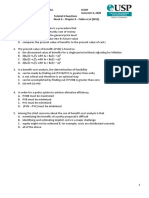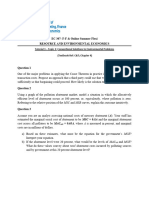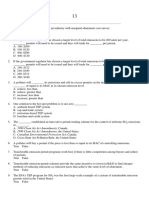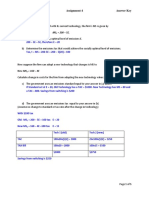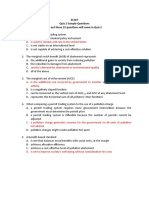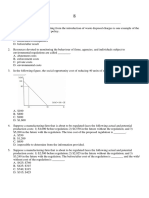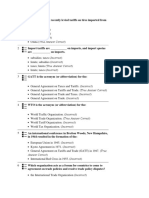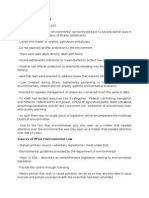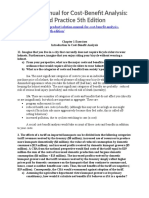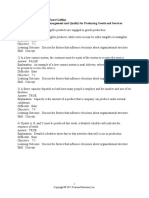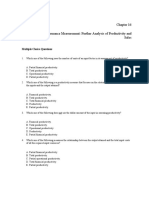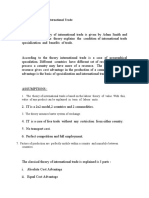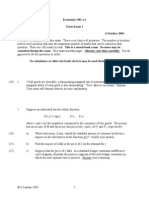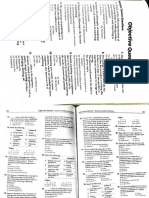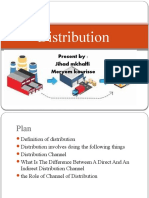0% found this document useful (0 votes)
318 views3 pagesTutorial 4 Questions
This document contains sample tutorial questions from a university course on resources and environmental economics. The questions cover topics like:
1) Defining key concepts like incremental benefits and how they are measured using marginal social benefit curves.
2) Multiple choice questions testing understanding of benefit estimation methods, including the averting expenditures method.
3) Calculus problems applying economic tools like marginal social benefit curves and the travel cost method to quantify the benefits of hypothetical environmental policies.
4) Graphical questions demonstrating how consumer surplus, producer surplus, and total surplus would change from a policy increasing tropospheric ozone levels based on reported findings.
Uploaded by
Stenerth NeretabaCopyright
© © All Rights Reserved
We take content rights seriously. If you suspect this is your content, claim it here.
Available Formats
Download as PDF, TXT or read online on Scribd
0% found this document useful (0 votes)
318 views3 pagesTutorial 4 Questions
This document contains sample tutorial questions from a university course on resources and environmental economics. The questions cover topics like:
1) Defining key concepts like incremental benefits and how they are measured using marginal social benefit curves.
2) Multiple choice questions testing understanding of benefit estimation methods, including the averting expenditures method.
3) Calculus problems applying economic tools like marginal social benefit curves and the travel cost method to quantify the benefits of hypothetical environmental policies.
4) Graphical questions demonstrating how consumer surplus, producer surplus, and total surplus would change from a policy increasing tropospheric ozone levels based on reported findings.
Uploaded by
Stenerth NeretabaCopyright
© © All Rights Reserved
We take content rights seriously. If you suspect this is your content, claim it here.
Available Formats
Download as PDF, TXT or read online on Scribd
/ 3

